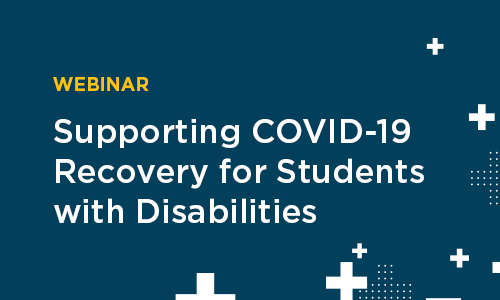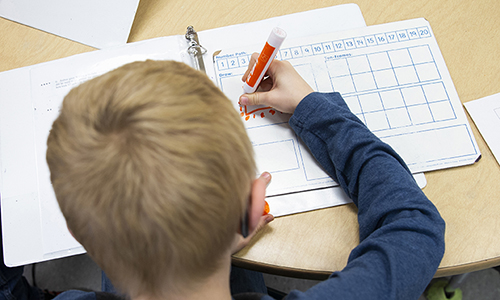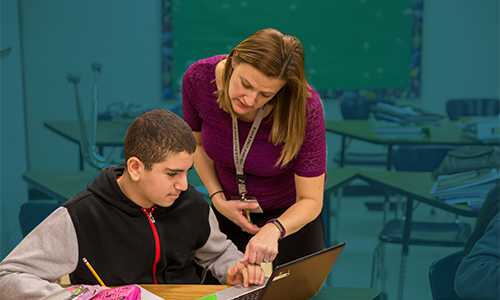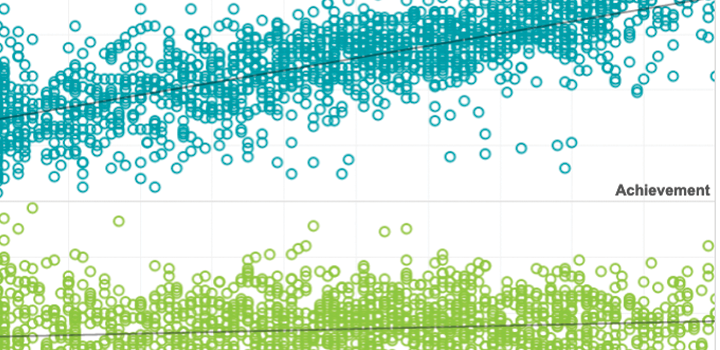

In this webinar by the Alliance for Excellent Education, NWEA, and the National Center for Learning disabilities, learn about recent research on academic growth for students in special education before the pandemic and implications for policies and practices designed to spur COVID-19 recovery.
By: Elizabeth Barker, Angela Johnson, Meghan Whittaker, Esq., Michael K. Yudin, Phillip Lovell, Jeremy Boerner
Topics: Equity, COVID-19 & schools, Seasonal learning patterns & summer loss


How can we support academic growth for students with disabilities (SWD) who may have experienced disproportionate academic impacts from COVID-19?
By: Lindsay Dworkin, Katie Carroll
Topics: COVID-19 & schools, Equity


Understanding differential growth during school years and summers for students in special education
New research examining academic achievement and growth of students in special education and their peers who were never in special education during each school year and summer in grades K-4 shows that students with disabilities grow as much or more academically during the school year than their peers without disabilities during some years, but that steeper summer learning losses for students with disabilities contribute to widening disparities.
By: Angela Johnson, Elizabeth Barker
Topics: Equity, Growth modeling, Seasonal learning patterns & summer loss


Understanding differential growth during school years and summers for students in special education
This study compares within- and across-years academic growth for students who were ever in special education (ever-SPED) to students who were never in special education (never-SPED) in grades K-4. Ever-SPED students grew more in math and reading than never-SPED students during many school years, but lost more learning during every summer than their peers, leading to expanding disparities. These findings suggest that summer learning opportunities are crucial for improving educational outcomes for students with disabilities.
By: Angela Johnson, Elizabeth Barker
Topics: Equity, Growth modeling, Seasonal learning patterns & summer loss


User guide for interpreting the NWEA state dashboard: Exploring the educational impacts of COVID-19
This guide explains the analyses, statistics, terms, and data included in the NWEA state dashboard, Exploring the Educational Impacts of COVID-19.
By: Greg King
Topics: COVID-19 & schools, Innovations in reporting & assessment


A comparison of item parameter estimates in Pychometrik and the existing item calibration tool
This study evaluates the performance of Pychometrik, a new item calibration tool, against the existing tool for MAP Growth.
By: Wei He, Patrick Meyer, Russ Grandgeorge, Emily Bo
Topics: Item response theory


A semi-supervised learning-based diagnostic classification method using artificial neural networks
This research study is the first time of applying the thinking of semi-supervised learning into CDM. Also, we used the validating test to choose the appropriate parameters for the ANNs instead of using typical statistical criteria, such as AIC, BIC.
By: Kang Xue, Laine Bradshaw
Topics: Measurement & scaling


